Business Card Chic: The 12 Best Fonts for Business Cards
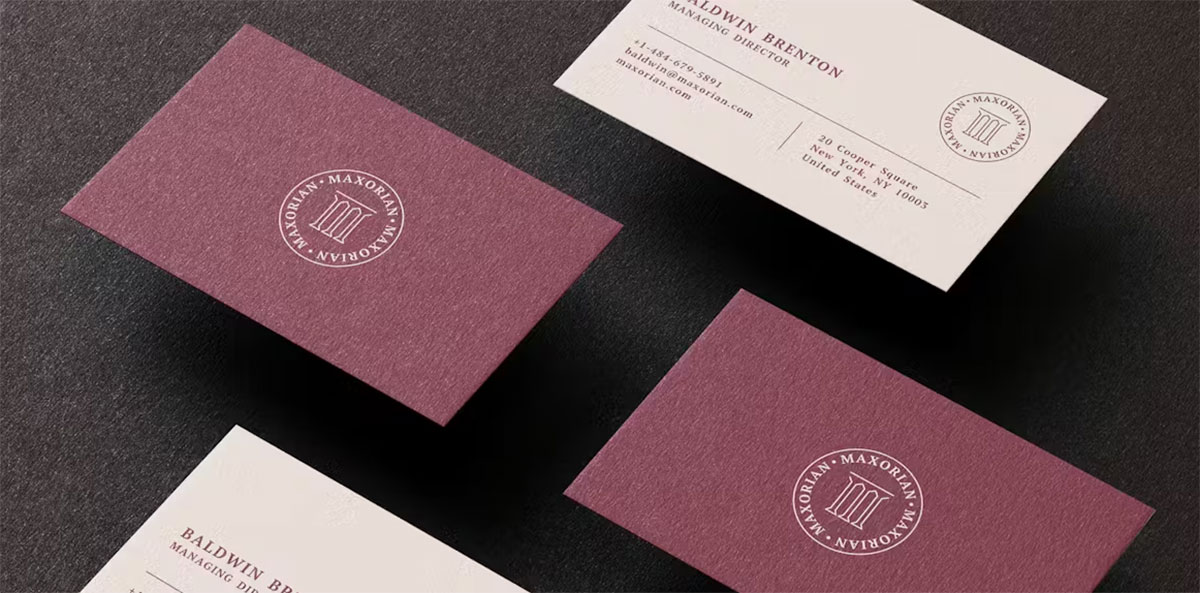
In a world where first impressions are pivotal, your business card stands as a silent ambassador of your brand. Think of it – a tiny canvas that can either shout or whisper about your professional ethos. But what’s the real game-changer here? Fonts. Yes, the best fonts for business cards not only carry your message but also define its character.
As a web designer, I’ve seen how the right font transforms a simple card into a potent networking tool. It’s more than just Helvetica or Times New Roman; it’s about finding that perfect typographic voice that resonates with your brand identity.
From the sleek appeal of Sans-serif to the classic touch of Serif, each font has its own story.
In this deep dive, you’ll journey through the nuances of typography, exploring how visual hierarchy and font legibility intertwine to create a professional and memorable business card.
Expect to uncover gems like Montserrat for its contemporary flair or Baskerville for its elegance. By the end, not only will you understand why font choice is crucial but also how to pick the perfect one to give your business card a voice that echoes your brand’s essence.
The Best Fonts for Business Cards
| Font Name | Style | Legibility | Professionalism | Uniqueness |
|---|---|---|---|---|
| Times New Roman | Serif | High | Very High | Low |
| Baskerville | Serif | High | High | Medium |
| Helvetica | Sans-serif | Very High | Very High | Low |
| Arial | Sans-serif | Very High | High | Low |
| Riesling | Script / Decorative | Low | Low | High |
| Myriad Pro | Sans-serif | High | High | Medium |
| Futura | Geometric Sans-serif | High | Medium | High |
| Clarendon | Slab-serif | High | Medium | Medium |
| Rockwell | Slab-serif | High | Medium | Medium |
| Leyton | Serif / Decorative | Medium | Low | Very High |
| Montserrat | Sans-serif | Very High | High | Medium |
| Roboto | Sans-serif | Very High | High | Medium |
Understanding Font Types
When it comes to designing business cards, the font choice is like picking the right outfit for an interview. It says a lot before you even utter a word.
Navigating through the best fonts for business cards is not just about aesthetics; it’s about finding the right character that speaks for your brand.
Let’s break down the font types to see what each brings to the table.
Serif Fonts

Serif fonts are the old souls of typography.
Picture the classic Times New Roman or the elegant Baskerville. They have these tiny feet (serifs) at the end of each letter stroke. Why does this matter? Well, these little details add a traditional, trustworthy vibe to your card.
It’s like wearing a bespoke suit – it has an air of heritage and professionalism. Ideal for law firms or luxury brands, serif fonts echo with historical significance and traditional appeal, making them a go-to choice for those who want to establish a classic brand image.
Sans-serif Fonts

Now, let’s talk about the modern kid on the block: Sans-serif fonts. Helvetica and Arial might ring a bell, right? These fonts ditch the tiny feet for a clean-cut look. The result? A minimalist, contemporary feel. They’re the T-shirt and jeans of the font world – simple, yet chic.
Perfect for startups or tech companies, these fonts give off a vibe of being approachable and forward-thinking. So, if your brand is all about breaking the norms and embracing the new, sans-serif fonts could be your best ally.
Script Fonts

Imagine a handwritten note, it’s personal, right? That’s what script fonts bring to your business card. They range from elegant calligraphic styles like Riesling to more casual, laid-back types.
Script fonts are like that personal touch in a digital world. They work wonders for headlines or short messages, adding a human touch that’s hard to ignore.
However, a word of caution – they’re not the easiest to read in smaller sizes. So, use them wisely to add flair without sacrificing clarity.
Top Fonts for Business Cards
Choosing the right font is a crucial step in designing a business card that stands out. It’s not just about looking good; it’s about making a statement.
Let’s dive into some of the top picks for the best fonts for business cards. These choices are more than just letters on a page; they’re the ambassadors of your brand’s personality.
Helvetica
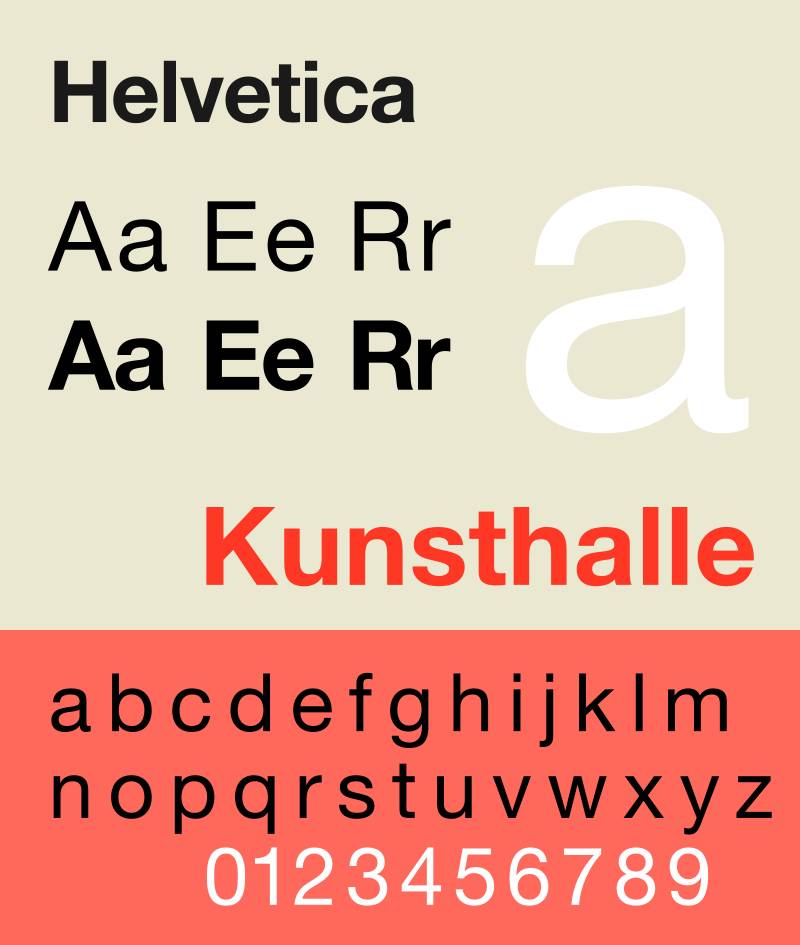
Imagine walking into a room and everyone just gets you. That’s Helvetica. It’s the go-to guy for versatility and minimalism.
Clean lines, no-nonsense, and super legible at any size – Helvetica is like the Swiss Army knife of fonts.
It’s a favorite in the design world for its ability to fit in anywhere, from corporate giants to the corner coffee shop. Its simplicity makes it a safe bet, yet it’s got enough character to not be just another face in the crowd. When in doubt, Helvetica is like that reliable friend who’s always got your back.
Myriad Pro
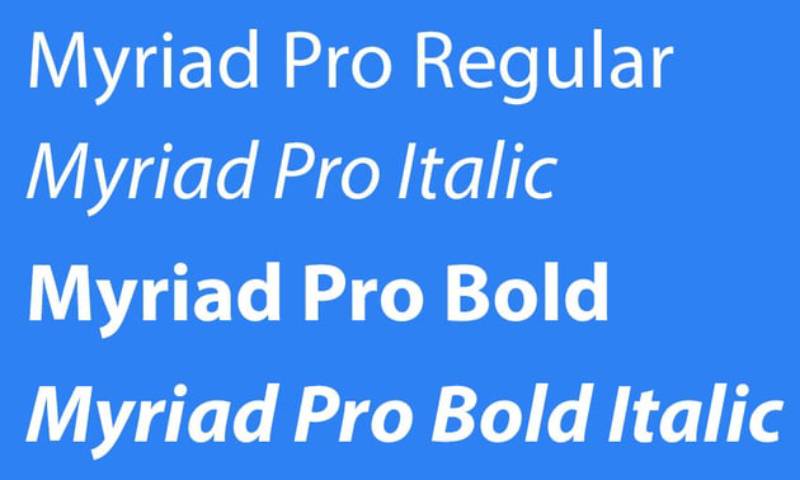
Next up is Myriad Pro. Think of it as the friendly neighbor. It’s simple, yes, but with a touch of warmth.
The open letterforms make it super approachable, which is probably why it’s seen everywhere from Apple’s branding to local business cards.
Myriad Pro doesn’t scream for attention, but its understated elegance makes you want to lean in and listen. It’s like that person who doesn’t need to raise their voice to be heard.
Baskerville
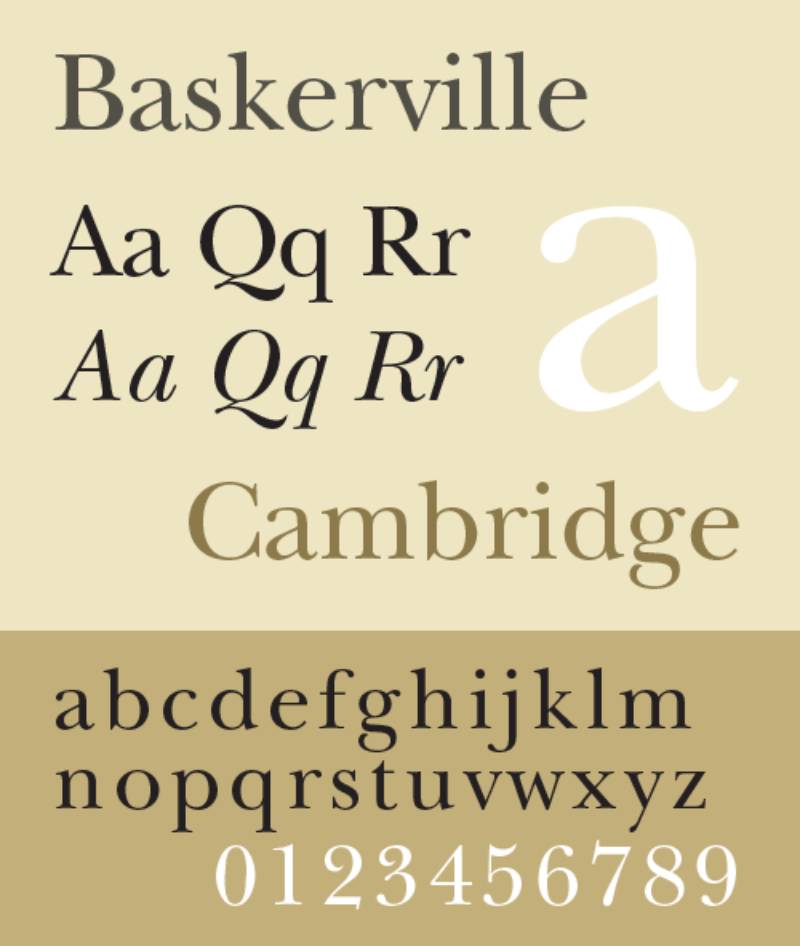
Now, let’s turn the page to something a bit more classic. Baskerville – the name itself sounds grand, doesn’t it? It’s like the old English mansion of fonts – elegant, with a touch of modernity.
Baskerville is all about making a statement of grandeur without being pretentious.
It’s perfect if you’re looking to add a bit of sophistication to your card. Think of a law firm or a luxury brand – Baskerville fits in effortlessly, adding a layer of timeless class.
Futura
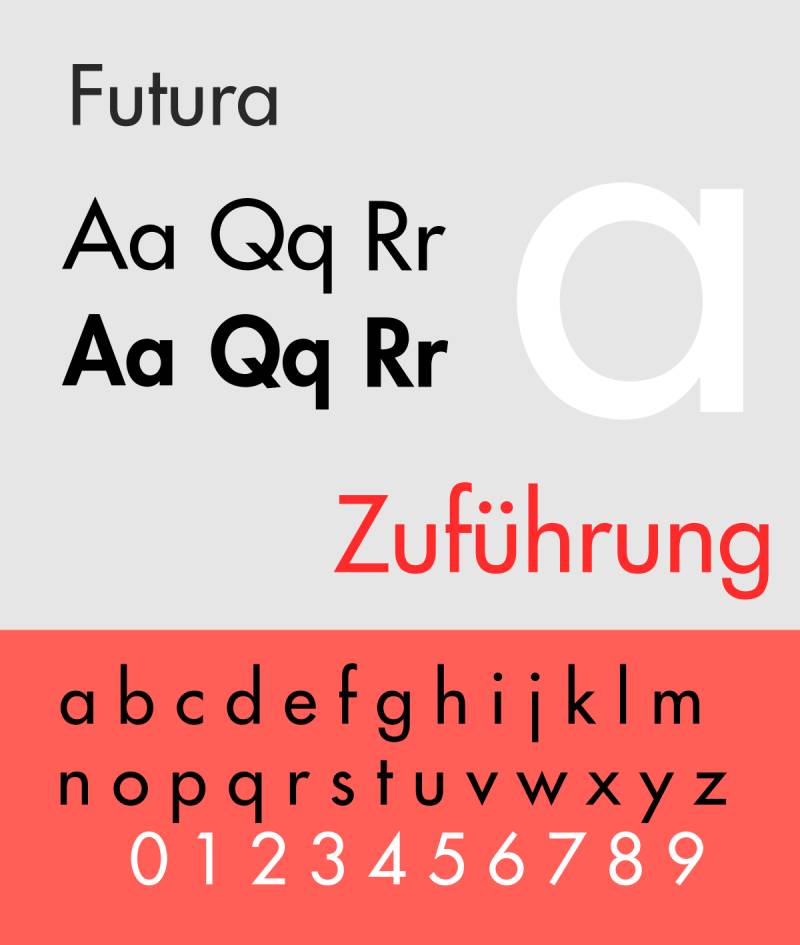
Futura steps in with its geometric and flat appearance, bringing a vibe that’s both retro and futuristic.
It’s like a classic car with a modern engine under the hood. Its shapes are based on geometric forms, making it one of the go-to fonts for short, simple messages.
Futura is bold, it’s assertive, and it doesn’t shy away from making a statement. If your brand is all about being ahead of the curve, Futura might just be your type.
Times New Roman
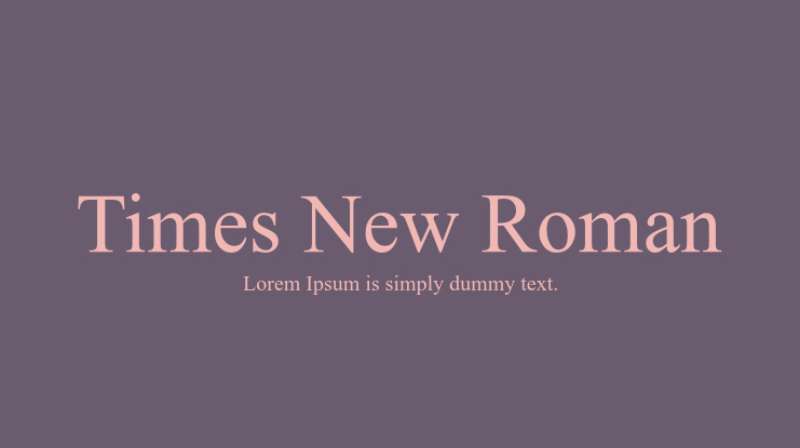
Ah, Times New Roman, the classic of classics. It’s like that old book in your library that never goes out of style. This font is widely recognized, and for a good reason. It brings a professional and reliable vibe to your card.
Picture a lawyer or a consultant handing you their card – Times New Roman speaks of seriousness and credibility. It’s the traditional suit and tie in your font wardrobe. If your brand’s story is one of time-honored reliability, Times New Roman is your narrator.
Arial
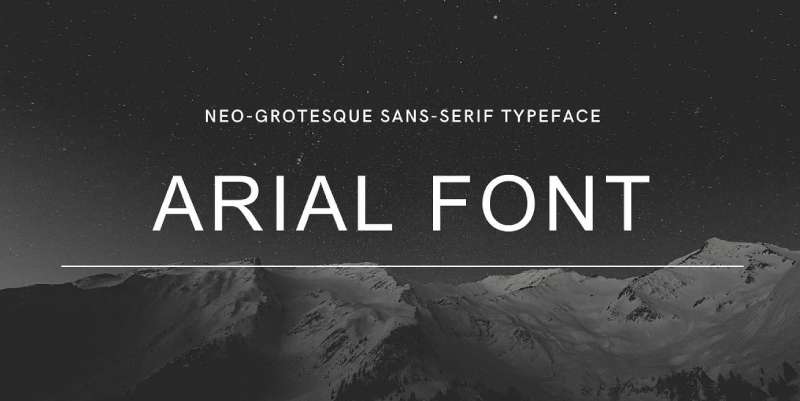
Moving on to Arial, the modern and versatile chameleon of fonts. Arial is clear, readable, and works wonders for all text sizes. It’s the plain white tee that goes with anything – simple, yet indispensable.
Whether it’s a tech startup or a local bakery, Arial adapts effortlessly, making it a safe yet smart choice for a wide range of businesses. It’s like the friendly face in a crowd – familiar and welcoming.
Clarendon

Let’s shake things up with Clarendon. This font is like a strong coffee – bold and robust. It’s a slab-serif style, which means it combines the traditional feel of serifs with a punch of modern boldness.
Clarendon is not shy. It stands out and makes bold, memorable statements. If your brand aims to leave a lasting impression and assert its presence, Clarendon could be your go-to font choice for your business cards.
Rockwell

Last but not least, meet Rockwell. It’s geometric, assertive, and has an air of confidence. With its strong structure and clear-cut lines, Rockwell is like the bold statement piece in your wardrobe. It’s perfect for brands that want to make a strong statement.
Rockwell doesn’t just say your name; it announces it. Ideal for brands that are all about strength and confidence, this font can turn a simple business card into a declaration of bold intent.
Riesling

Riesling steps onto the scene with a quirky and retro appeal. It’s like that vintage jacket you find in a thrift shop that somehow fits perfectly.
This font adds a unique flair, ideal for creative brands looking to stand out. Its script-like, retro vibe brings a touch of personality that’s hard to overlook.
If your brand is all about being unconventional and eye-catching, Riesling might just be the secret sauce for your business cards.
Leyton

Elegance and luxury, enter Leyton. It’s like a silk gown in a world of cotton shirts. This font is all about sophistication and high-end appeal.
If your brand is the kind that sips champagne on a Tuesday afternoon, Leyton is your ally.
It speaks of exclusivity and finesse, perfect for luxury brands or high-end services. When your business card needs to whisper ‘elite’, Leyton does it with style.
Montserrat
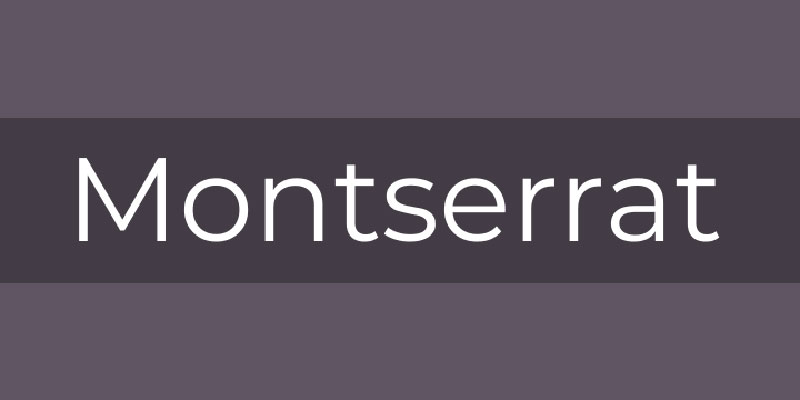
Now, let’s talk about Montserrat. It’s contemporary, it’s sleek, and it’s got that minimalist charm. Montserrat is like the minimalist, modern art piece that somehow makes the whole room look better.
It’s great for brands aiming for a modern, clean look. Its versatility makes it a darling among designers for both digital and print needs. If your brand’s personality is all about being modern and to-the-point, Montserrat can convey that message with effortless grace.
Roboto
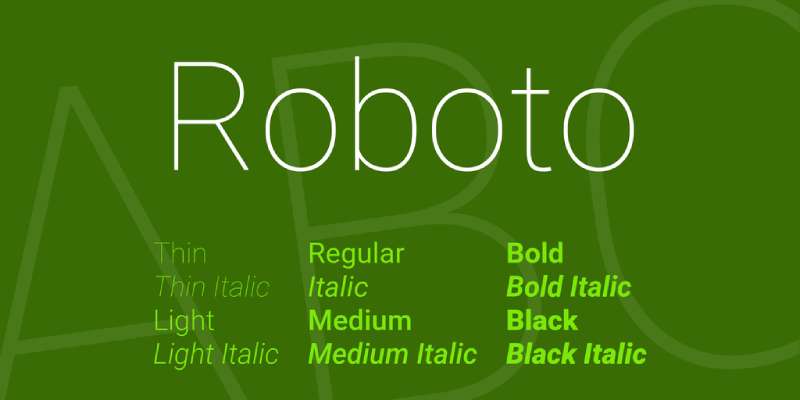
Last but certainly not least, Roboto. This font is the epitome of the neo-grotesque, sans-serif style. It’s like the smart, tech-savvy friend who’s always ahead of the curve. Highly versatile, it adapts smoothly across various platforms and sizes, making it a favorite in the digital world.
Whether it’s on a screen or a business card, Roboto delivers your message with clarity and modernity. For brands that thrive on innovation and sleek design, Roboto is a no-brainer.
Combining Fonts Effectively
When it comes to designing business cards, throwing a bunch of fonts together and hoping they stick is like mixing all your favorite songs into one track – it can turn into chaos. But when done right, combining fonts can make your card sing. It’s all about harmony and balance. Let’s dive into how to mix and match the best fonts for business cards like a pro.
Pairing Different Font Types
Imagine you’re making a smoothie. You wouldn’t just toss in every fruit you like. You’d think about flavors that complement each other, right? Same with fonts. Mixing a Serif with a Sans-serif can create a pleasing contrast.
Let’s say you choose a Serif font for your name, giving it that classic, trustworthy vibe. Pair it with a Sans-serif for your contact info – clean, no-fuss, easy to read. This combo is like a well-tailored suit with a modern twist.
But hey, what about Script fonts? They’re like the exotic spice. Use them for headlines or your tagline to add a personal touch. Just remember, too much can be overpowering. Keep it balanced.
Font Size and Legibility
Size matters. No one’s going to squint at your card to figure out what it says. Think about hierarchy – what do you want to be noticed first? Your name? Your title? That’s where size comes into play.
Your main info, like your name or company, can be larger. But not shouty large. Just confidently there. The rest of the details? Keep them legible, not too tiny. Around 8-10 points is usually a safe zone for contact info.
And spacing, oh spacing. It’s the unsung hero. Too cramped, and your card feels like a crowded party. Too spaced out, and it’s like everyone’s standing awkwardly apart. Find that sweet spot.
Creating a Visual Hierarchy
Let’s talk layout. You want the important bits to pop. Usually, that’s your name or your brand. Make it the star. Then arrange the supporting info – your role, your contact details – so they complement, not compete.
Bold for headlines, regular or italics for details, maybe? Play around, see what feels right. It’s like arranging furniture in a room. You want it to flow, to make sense.
Aligning Font Choice with Brand Identity
Your fonts should scream ‘you’, but in a good way. If your brand is fun and quirky, a standard Arial might not cut it. Maybe throw in a playful Montserrat or a casual Riesling.
But if it’s all about sleek professionalism, stick to the classics. A Helvetica and Baskerville combo? Timeless.
Design Considerations for Business Cards
Alright, let’s break down the design magic behind business cards. It’s not just about slapping your info on a tiny card. It’s a craft, an art form. And the font? That’s your main character. Let’s dive into the nuances that make your card not just a piece of paper, but a piece of art.
Creating a Visual Hierarchy
Think of your business card as a mini billboard. What do you want people to see first? Your name? Your brand? This is where visual hierarchy jumps in. It’s about using size, color, and placement to guide the eye.
Your name in a bold, standout font, like a robust Clarendon, can be the headliner. Then, the supporting info – your role, contact details – in a simpler, smaller font, like a crisp Arial. It’s all about balance. You want a card that people can scan and still get the whole picture.
And remember, white space is your friend. It’s like taking a breath between sentences. Gives the eye a break, makes the important stuff stand out.
Aligning Font Choice with Brand Identity
Your font choice should be like your brand’s fingerprint – unique and identifiable. If your brand is all about fun and creativity, let that shine through with something like Riesling or Leyton. These fonts have personality and can make your card pop in a pile.
But if you’re all about sleek, no-nonsense professionalism, stick with the classics. Helvetica, Times New Roman – they’re like the black dress or suit of fonts. Always in style, always professional.
Your business card is a sneak peek into your brand’s world. Make sure it’s telling the right story. Think of it like a movie trailer – you want to grab attention and make them remember you.
FAQ On The Best Fonts For Business Cards
What Makes a Font Ideal for Business Cards?
Business cards need fonts that are legible and align with the brand’s identity. The ideal font should be easily readable at small sizes, convey the brand’s personality – whether it’s professional, creative, or modern – and ensure that the card stands out in a stack.
Fonts like Helvetica or Arial are popular for their clarity and versatility, making them a top choice for many.
How Do I Choose Between Serif and Sans-serif Fonts?
It depends on your brand image. Serif fonts, like Times New Roman, have a classic, formal feel, suitable for traditional or high-end brands.
Sans-serif fonts, like Helvetica, are more modern and clean, perfect for contemporary or tech-focused businesses. Think about the impression you want to make and pick accordingly.
Can Script Fonts Be Used for Business Cards?
Absolutely, but sparingly. Script fonts, like Riesling, add a personal, creative touch. They’re great for headlines or names but can be hard to read in smaller sizes. Use them to accentuate, not overwhelm. Pair them with simpler fonts for balance and legibility.
What Are the Best Fonts for Legibility on Business Cards?
For sheer legibility, go for sans-serif fonts like Arial or Roboto. They have clean lines and simple forms, making them easy to read even at small sizes. These fonts work well in almost any design, ensuring your card’s text is clear and straightforward.
How Important Is Font Size on Business Cards?
Font size is crucial. Your main information, like name and title, should stand out, so a larger size is better. However, don’t go too big; it’s about balance. Contact details should be smaller but still legible, typically around 8-10 points. Remember, readability is key.
Can I Use Multiple Fonts on My Business Card?
Yes, but don’t overdo it. Using two fonts can create a dynamic look – like combining a serif for the name and a sans-serif for contact details. This creates visual interest without cluttering the design. Keep it to a maximum of two fonts to maintain a clean, professional look.
What Are Some Unconventional Font Choices for Business Cards?
For something different, try Montserrat for its sleek modernity, or Leyton for an elegant, luxurious feel. These fonts can make your card stand out, but remember, the font should always align with your brand’s personality and be legible.
How Does Font Choice Reflect Brand Personality?
Your font choice is a visual representation of your brand. A traditional serif font suggests formality and heritage, perfect for law firms or financial services.
A clean sans-serif speaks to modernity and efficiency, ideal for tech companies. A unique script font can convey creativity, great for artists or designers.
Should I Match My Business Card Font to My Website Font?
Consistency is key in branding. Matching your business card font to your website creates a cohesive brand experience. It helps with brand recognition and ensures a seamless transition from your physical to digital presence.
If your website uses a specific font effectively, consider using it on your business card too.
What Are Common Mistakes to Avoid with Fonts on Business Cards?
Avoid using overly decorative or complex fonts that sacrifice legibility. Also, steer clear of using too many fonts at once – it can make your card look cluttered and unprofessional.
Keep an eye on font size too; too small, and it’s unreadable, too large, and it overwhelms the card’s design.
Conclusion
Wrapping up our dive into the best fonts for business cards, it’s clear that the right font is more than just letters on a page. It’s the voice of your brand, the handshake before the meeting, the first impression that lasts. Whether you’ve fallen for the timeless elegance of Baskerville, the clean modernity of Helvetica, or the unique flair of Riesling, remember: the perfect font tells your story before you even speak.
Your business card is a tiny canvas, a snapshot of your brand’s identity. So choosing a font isn’t just about aesthetics; it’s about communication. Whether you opt for a Serif’s traditional charm or a Sans-serif’s sleek simplicity, each font has its own tale to tell.
In the end, it’s all about balance and harmony. Mix and match fonts like a pro, keep legibility in the spotlight, and let your brand’s personality shine through. The best fonts for business cards are those that resonate with your brand’s ethos and make your card not just a tool, but a token of your professional saga.
If you liked this article about the best fonts for business cards, you should check out this article about the best fonts for flyers.
There are also similar articles discussing the best fonts for banners, the best fonts for ebooks, the best fonts for small text, and the best fonts for branding.
And let’s not forget about articles on the best fonts for laser cutting, fonts for ads, the best fonts for TikTok, and the best fonts for labels.
Also, you can check the version of this article about fonts for business cards in German.
- EM to PX Converter - 27 June 2024
- The Vertex Logo History, Colors, Font, And Meaning - 26 June 2024
- Decoding Teams: Full Outsource vs Team Augmentation in Dedicated Software Development - 26 June 2024









